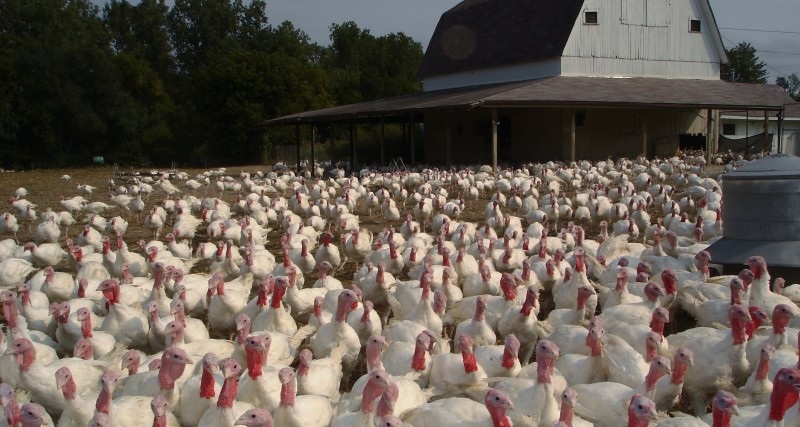
The United States Department of Agriculture’s (USDA) Animal and Plant Health Inspection Service (APHIS) has confirmed the presence of highly pathogenic H7N8 avian influenza (HPAI) in a commercial turkey flock in Dubois County, Indiana.
Samples from the turkey flock, which experienced increased mortality, were tested at the Indiana Animal Disease Diagnostic Laboratory at Purdue University, which is a part of USDA’s National Animal Health Laboratory Network, and confirmed by USDA last weekend.
APHIS is working closely with the Indiana State Board of Animal Health on a joint incident response. State officials quarantined the affected premises and depopulation of birds on the premises has already begun. Birds from the flock will not enter the food system.
As part of existing avian influenza response plans, Federal and State partners are working jointly on additional surveillance and testing in the nearby area. The rapid testing and response in this incident is the result of months of planning with local, state, federal and industry partners to ensure the most efficient and effective coordination.
Denise Derrer, spokeswoman for the Indiana board, said health officials are still trying to determine how many birds are affected on the nine farms covered by the announcement Saturday.
"We are very concerned and trying to figure out strategies to contain it," Derrer said of the outbreak.
Indiana’s poultry industry brings in $2.5 billion a year, explained Derrer, adding that the state leads the country in duck production, is No. 3 in egg production and fourth in turkeys.
Since the previous HPAI detections in 2015, APHIS and its state and industry partners have stated they have 'learned valuable lessons to help implement stronger preparedness and response capabilities'. In September, APHIS published a HPAI Fall Preparedness and Response Plan that captures the results of this planning effort, organising information on preparatory activities, policy decisions and updated strategy documents.
The United States has the strongest AI surveillance program in the world, and USDA assures people it 'is working with its partners to actively look' for the disease in commercial poultry operations, live bird markets and in migratory wild bird populations.
